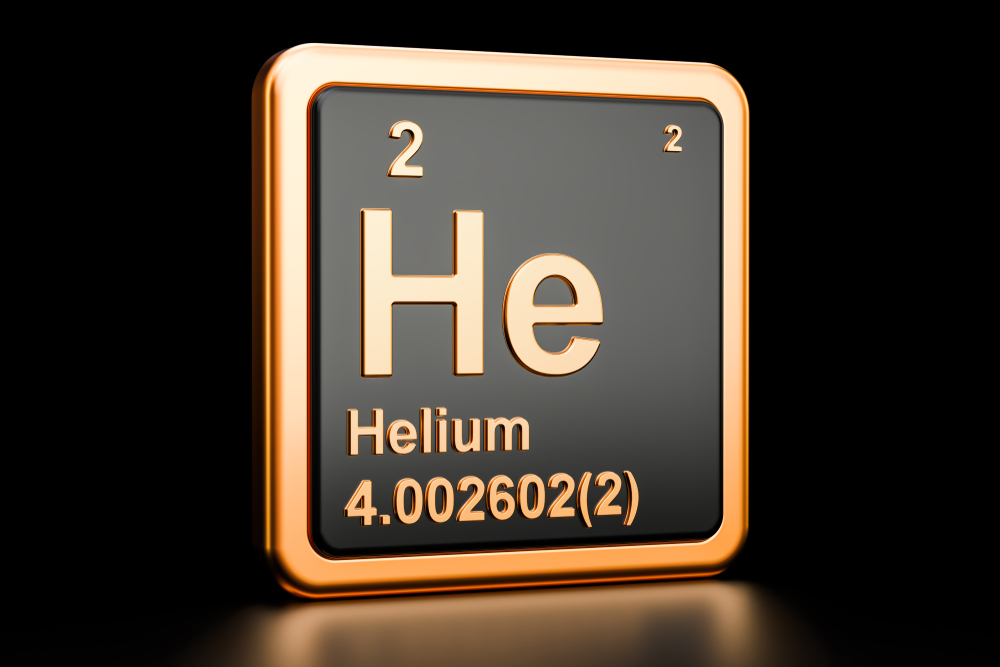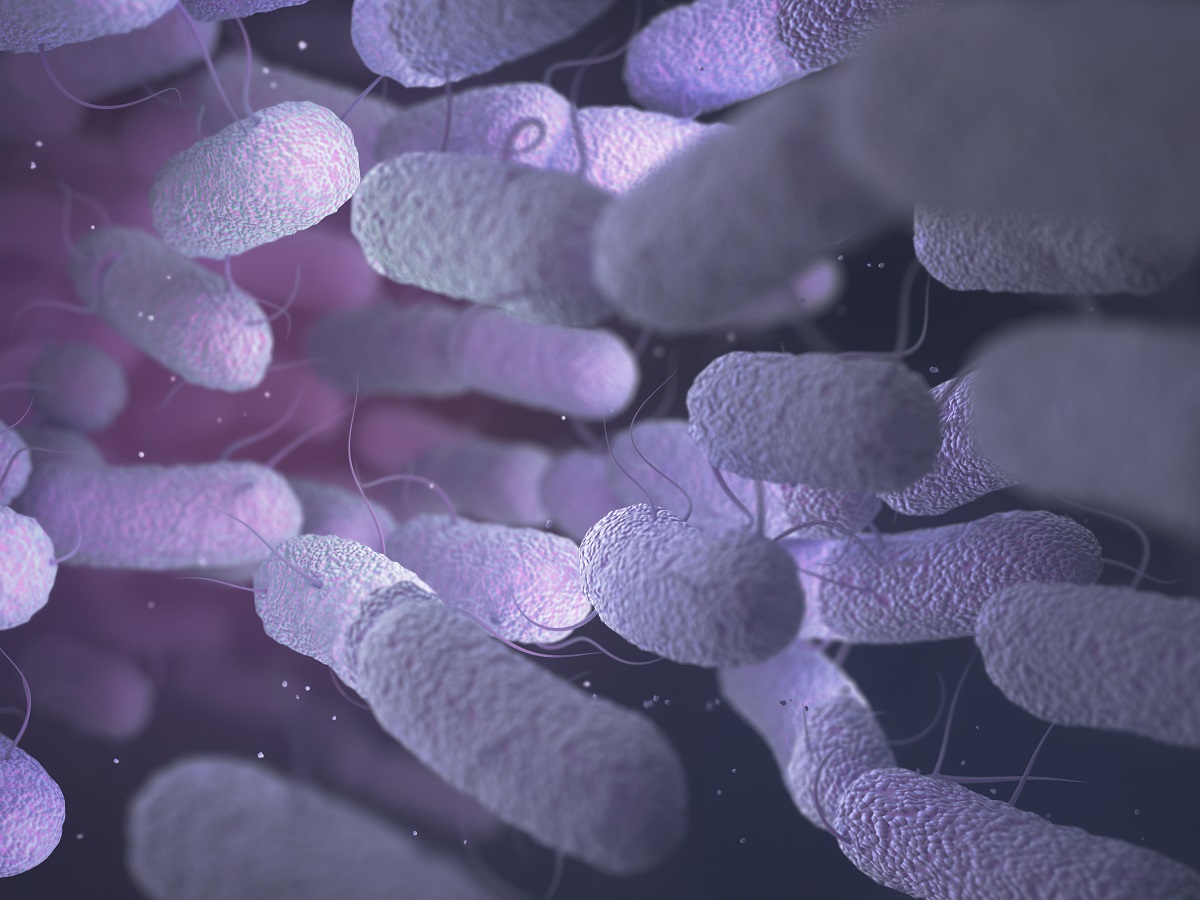
These odd facts prove that the universe really is a mysterious place. Read on and find out 18 interesting science facts you probably had no idea about!

1. There are more trees on Earth than stars in our galaxy
NASA scientists claim that there could be anywhere from 100 billion to 400 billion stars in the Milky Way galaxy, informs Snopes. Nevertheless, the 2015 paper published in the journal Nature estimates that the number of trees around the world is much higher: 3.04 trillion.
2. Oxygen has a color
Oxygen is odorless and colorless just like gas. However, it shows pale blue in its liquid and solid forms.
3. Only one letter doesn’t appear in the periodic table
And that letter is J. Go ahead and double-check it if you’re skeptical. We’ll wait.

4. Bananas are radioactive
For one of our strangest scientific facts, bananas contain potassium and, as potassium decays, this makes them slightly radioactive. But there’s nothing you need to stress about. You ‘d have to eat 10,000,000 bananas at once to die of radiation poisoning, Forbes reports.
5. Hot water freezes faster than cold water
This fact seems surprising, but it’s called the Mpemba effect, after a Tanzanian student named Erasto Mpemba who told his professor that a hot mixture of ice cream froze faster than a cold one. Scientists now assume this is because the velocity of water particles has a particular shape when they’re hot, allowing them to freeze more readily. If proven correct, this result may also have consequences for everyday life, such as cooling down electronic devices.
6. Cold water heats up faster than hot water
This discovery was also made by the researchers who examined the cause of the Mpemba effect. Unsurprisingly, they called the phenomenon the reverse Mpemba effect.

7. Humans are related to fungi
Research done by the University of Cambridge in 2015 shows that humans may have evolved with genes originating from plants. On the basis of these results, researchers agree that about one percent of the human genome may have been obtained from plants, reports The Telegraph. For all those times your uncle called himself a “fungi.” In fact, he was kind of right.
8. But don’t worry—we have a lot of DNA
Scientists estimate that there are over three billion basic pairs of DNA in human genes and over 25,000 genes in the human genome. There is a complete copy of the genome in each and every 10 trillion cells in the human body. If all of this DNA was lined up, it would span the gap between Earth and the Sun 100 times.
9. It can rain diamonds on other planets
Diamonds are definitely the best friends of the Milky Way Galaxy. Studies have analyzed the potential of Neptune, Uranus, Jupiter, and Saturn to produce diamonds. The atmospheres in all four planets have such intense pressure that they can crystallize carbon atoms and transform them into diamonds.
Scientists have been able to establish the right conditions in the laboratory to show that this is happening on Neptune and Uranus. Separately, another group of researchers is speculating that as much as 2.2 million pounds of diamonds will rain on parts of Saturn every year–this is certainly the richest of our science facts!

10. You can make balls fly
If you spin a ball when you drop it, it’s going to fly through the air as it falls. This is called the Magnus effect, which makes it much easier to play tennis and soccer.
11. Water can exist in three states at once
This is called the Triple Boil, and at that temperature, water exists as a gas, a liquid, and a solid at the same time. It necessitates very specific conditions must be fulfilled, so don’t even think of trying it at home.
12. Only one type of mammal has wings
Yes, you’re right, we’re talking about bats here. Although flying squirrels can jump from trees and glide, they can’t really fly like bats do.

13. Helium can also work against gravity
When helium is cooled to extreme temperatures, just a few degrees away from absolute zero (-460 AF or-273 AF), it turns into a superfluid, which means it can flow without friction. It can climb up and down the sides of a glass. It can leak through a molecule-think of cracks in a container. If it begins to flow like a fountain, it will never stop.
14. Solar flares are scarily powerful
The energy they emit is equal to a 100-megaton atomic bomb that explodes at once. It’s a good thing that the Earth’s atmosphere is protecting us from their radiation.
15. It’s impossible to burp in space
If you burp on Earth, gravity holds the solids and liquids out of the food you’ve just consumed, so that only the gas comes out of your mouth. In the absence of gravity, the gas can not be isolated from the liquids and solids, and burping ultimately transforms into puking.

16. About half of your body is bacteria
That’s right, indeed. A 2014 study reports that the human body is made up of 39 trillion bacteria and 30 trillion human cells. In the past, researchers believed that there were more bacteria than humans at a ratio of 10:1. While this latest estimate is probably closer to the real numbers, it’s not a hard topic.
17. Men are more likely to be colorblind than women
Genes responsible for the most severe form of color blindness are located on the X chromosome, states the National Eye Institute. And if women have mutations on one of their two X chromosomes, a well-functioning gene on the other makes up for that deficit. When men inherit the gene on their only X chromosome, they will become color-blind.
18. We have no idea what most of the universe looks like
Around 96 percent of the universe is made up of dark matter and dark energy, which is impossible to detect for humans. Scientists believe this is because the particles that make up these compounds do not interfere with normal matter or light. Even though new findings are constantly being made about the stars, planets, and other galaxies we can see, it is impossible to draw conclusions about this.











































